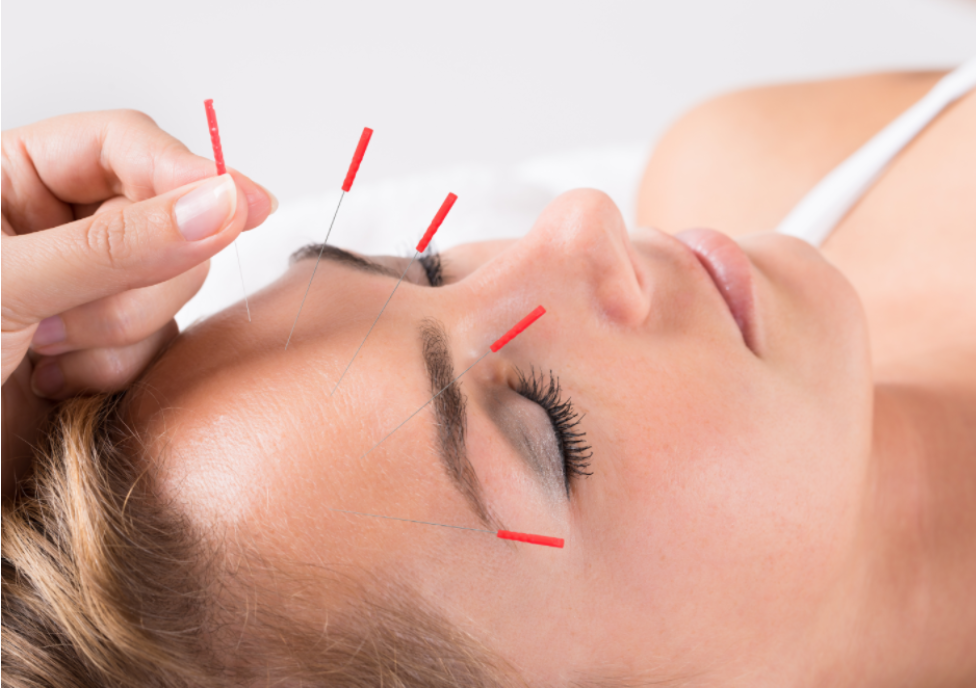“Unlocking Your Bodys Healing Potential: Exploring the Benefits of Dry Needling in Physiotherapy”

Physiotherapy is a field that focuses on helping individuals regain and improve their physical function. One approach that has gained popularity in recent years is dry needling, a technique that involves inserting thin needles into specific trigger points in the body to alleviate pain and promote healing. While it may sound similar to acupuncture, dry needling is actually quite different and has unique benefits in the realm of physiotherapy.
What is Dry Needling?
Dry needling is a technique that targets myofascial trigger points, which are highly irritable spots found in taut bands of muscle fibers. These trigger points can cause pain, muscle tension, and dysfunction in other parts of the body. By inserting a thin needle into the trigger point, physiotherapists can stimulate a twitch response, releasing the tension and promoting the body's natural healing response.
The Benefits of Dry Needling
There are several benefits to incorporating dry needling into physiotherapy treatments:
1. Pain Relief
Dry needling can provide immediate relief for individuals experiencing acute or chronic pain. By targeting the trigger points directly, the technique helps to release muscle tension and reduce inflammation, leading to a decrease in pain symptoms.
2. Improved Range of Motion
Tight muscles and restricted movement are common issues that physiotherapists encounter. Dry needling can help to release these tight muscles, allowing for improved range of motion and flexibility. This increased mobility can have a significant impact on an individual's ability to perform daily activities and participate in sports or recreational activities.
3. Faster Recovery
When injuries occur, the body goes through a natural healing process. However, this process can sometimes be slow or delayed. By incorporating dry needling into physiotherapy treatments, the body's healing potential is unlocked, encouraging a faster recovery. This is particularly beneficial for athletes or individuals who rely on physical function for their livelihood.
4. Complementary Treatment
Dry needling can be used in conjunction with other physiotherapy techniques to enhance their effectiveness. For example, it can be combined with manual therapy, exercise therapy, and other modalities to provide a comprehensive and personalized treatment plan. The combination of these approaches allows physiotherapists to address multiple aspects of an individual's condition, resulting in improved outcomes.
5. Non-Invasive and Safe
Unlike some invasive treatments or surgeries, dry needling is a minimally invasive technique that carries a low risk of complications. The needles used are very thin and cause minimal discomfort during insertion. With proper training and expertise, physiotherapists can perform dry needling safely, providing individuals with a non-invasive option for pain relief and healing.
Who Can Benefit from Dry Needling?
Dry needling can benefit a wide range of individuals, including those suffering from:
- Neck and back pain
- Headaches and migraines
- Joint pain and stiffness
- Muscle spasms
- Sports injuries
- Tendonitis
- Fibromyalgia
- Chronic pain conditions
It is important to note that dry needling should only be performed by a qualified and trained physiotherapist. They will have the expertise to assess whether dry needling is the right approach for an individual's specific condition and provide the necessary guidance and treatment.
In Conclusion
Dry needling is a valuable tool in the field of physiotherapy, offering numerous benefits for individuals seeking pain relief and improved physical function. By targeting trigger points and promoting the body's natural healing response, dry needling can be a highly effective technique in unlocking the body's potential for healing and recovery. If you are experiencing pain or restricted mobility, consider discussing the benefits of dry needling with a qualified physiotherapist to determine if it may be a suitable treatment option for you.
